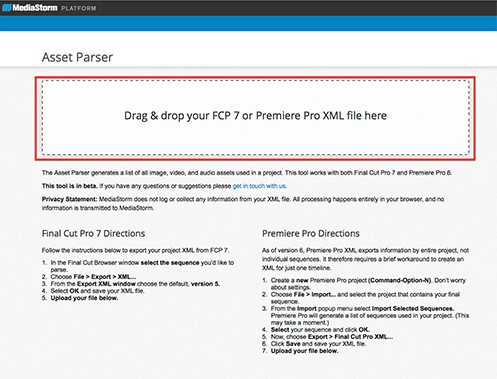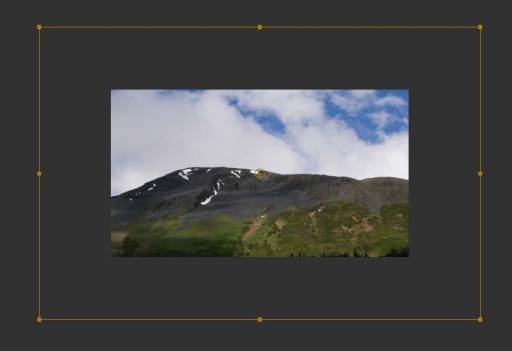MediaStorm Guide to Using the MediaStorm Asset Parser
This article is part of a series of posts with tips and tricks from our producers' experience working with Adobe Premiere Pro CC after years of working in Final Cut Pro. To read more about why we made the switch, check out this post. Knowing exactly what images and videos are used in the production of a film is a critical part of the MediaStorm workflow. We need this information in order to know which low-res footage needs to be purchased then swapped out with licensed hi-res footage, as well as which images must be toned then replaced in the timeline. Unfortunately, there is no easy way to do this in either Premiere Pro or Final Cut Pro 7. So MediaStorm built the Asset Parser. Using the parser is easy. First, you’ll need to export an XML file from your editing software. In Premiere Pro, make sure your final sequence is selected…






